

Max Davies
2025 Lexus NX450h+ F Sport review
1 Month Ago
Following the electric Omoda E5, Chery Australia plans to launch plug-in hybrids. First cab off the rank is likely the Tiggo 7 Pro SUV.

Marketplace Editor
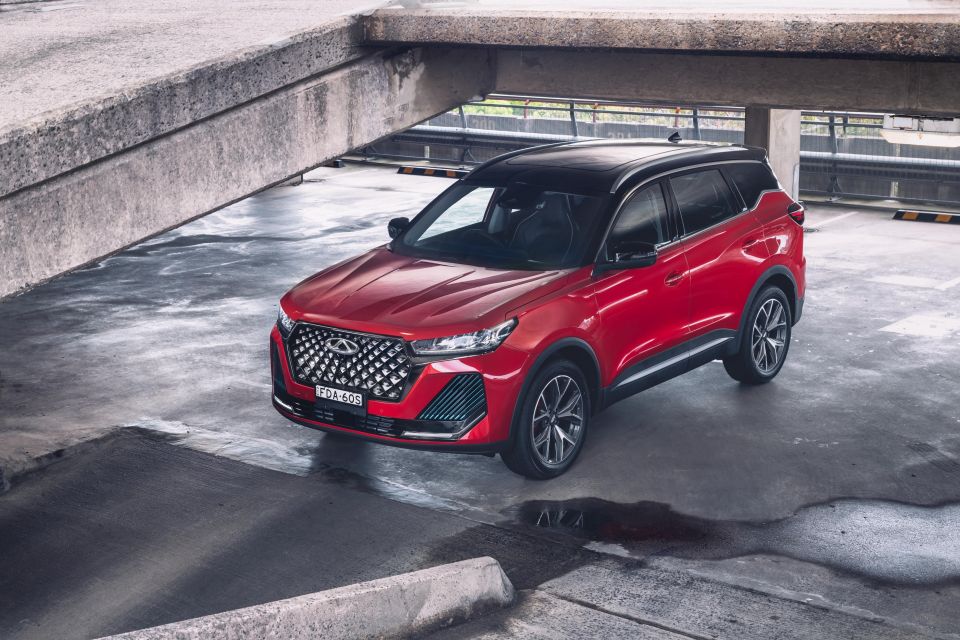

Marketplace Editor
Chery Motor Australia will soon introduce its first electric vehicle (EV), the Omoda E5, but the Chinese brand also hopes to step into the plug-in hybrid space very soon.
Speaking with CarExpert, Chery Australia chief operating officer Lucas Harris said the Chinese brand’s first assault on the PHEV market will likely be with an electrified version of the mid-sized Tiggo 7 Pro – though specific timing is still to be confirmed.
“It looks to me that Tiggo 7 plug-in is likely to be an option [for Australia] earlier than Tiggo 8 [PHEV],” Mr Harris said.
“We’re still working with the factory around what that looks like.”

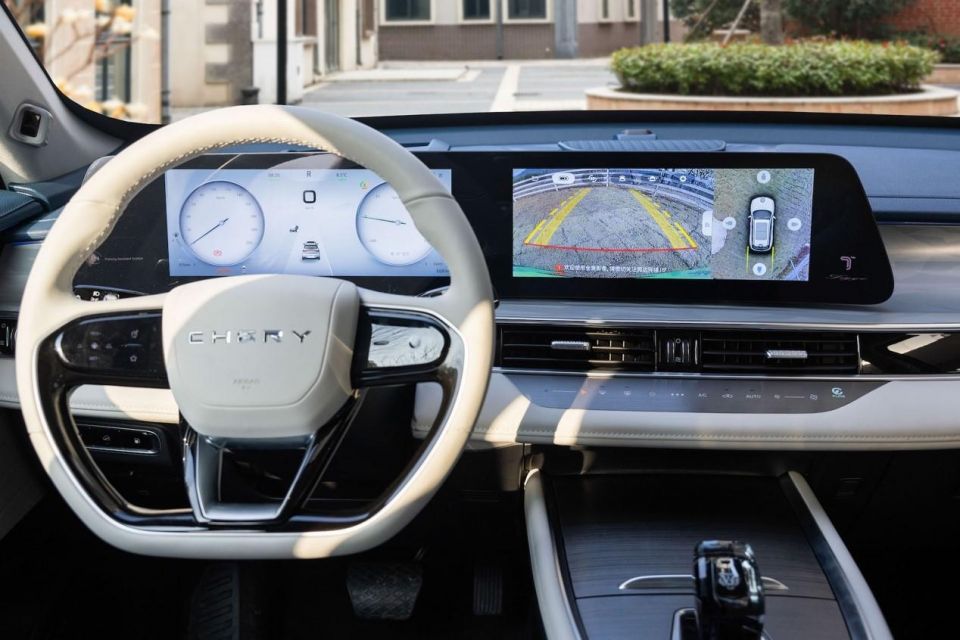
The Tiggo 7 Pro e+ shares its 240kW/545Nm plug-in hybrid drivetrain with the larger Tiggo 8 Pro e+, and offers a claimed WLTC electric range of 80km from its 19.27kWh ternary lithium battery.
Both plug-in hybrid SUVs use a Direct Hybrid Transmission (DHT) with three physical gears and three engine operating points with an adjustable speed ratio.
Dual electric motors, a motor controller and transmission are integrated, and mated with a “hybrid-specific” 1.5-litre turbocharged petrol engine.
For reference, the similarly sized Mitsubishi Eclipse Cross Plug-in Hybrid EV utilises a naturally aspirated 94kW/199Nm 2.4-litre four-cylinder petrol engine combined with electric motors on the front (60kW/137Nm) and rear axles (70kW/195Nm).
Fuel consumption for the Mitsubishi is claimed at 1.9L/100km on the combined test cycle, with up to 55km of electric-only driving range from its 13.8kWh lithium-ion battery pack on the NEDC cycle.

Mr Harris has previously toldCarExpert the Chinese brand thinks it can succeed by addressing key barriers like price and supply.
“I think it’s hard to say the uptake hasn’t been good so far, because the offerings have been quite expensive and limited in supply. I think our strategy in regards to those two things would be quite different,” Mr Harris said in December.
“We’d have a very compelling value offering and wouldn’t be supply constrained. I think that in itself might be enough to help us, but obviously we’d be very clearly communicating to people what is the purpose that vehicle would suit, and how can it fit with their lifestyles.”
While Mr Harris has reiterated the brand’s focus on value, it’s unclear how the Tiggo 7 Pro PHEV will be priced when it arrives in Australia.
The base petrol model is currently advertised for $36,990 drive-away until June 30 (previously $39,990 D/A), and the PHEV would need to come in around the Eclipse Cross PHEV’s base price of $47,790 plus on-roads.
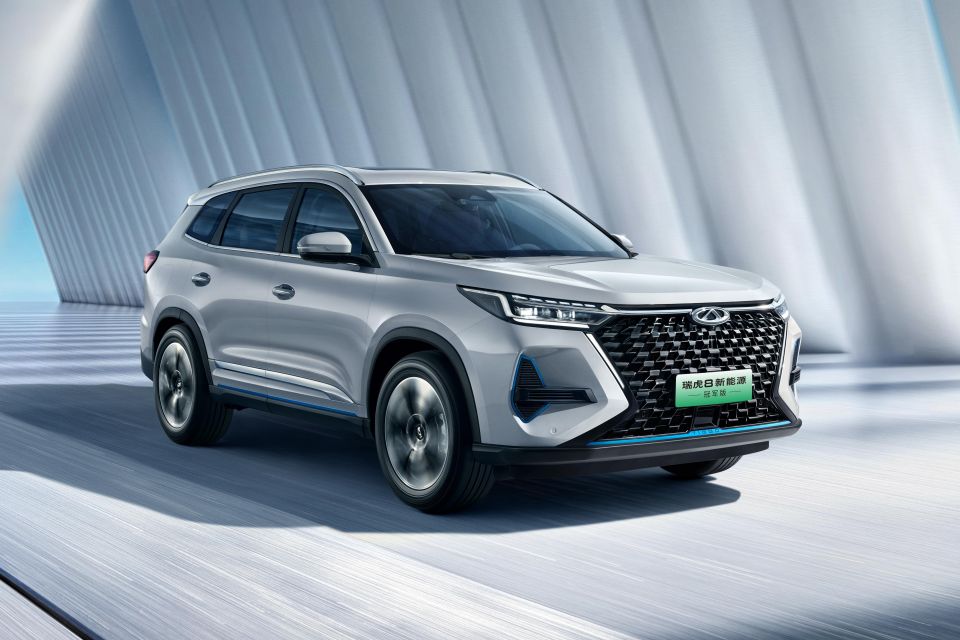
The larger Tiggo 8 Pro PHEV remains on the wishlist but Mr Harris’s comments indicate it would arrive after its smaller stablemate.
Running the same turbocharged plug-in hybrid drivetrain as the Tiggo 7 PHEV, the Tiggo 8 offers a seven-seat interior likes its petrol equivalent, making it a somewhat unique offering with only the Mitsubishi Outlander PHEV and Kia Sorento PHEV shaping as rivals with similar people-carrying capability.
Plug-in hybrid sales are showing steady growth in Australia, though still nowhere near the outright volume of conventional hybrids and pure electric vehicles.
So far in 2024 (to April 30) there have been 4726 new PHEVs registered in Australia, a 135.6 per cent increase over the same period last year. By comparison, normal hybrids have seen 51,669 registrations and growth of 138.2 per cent.
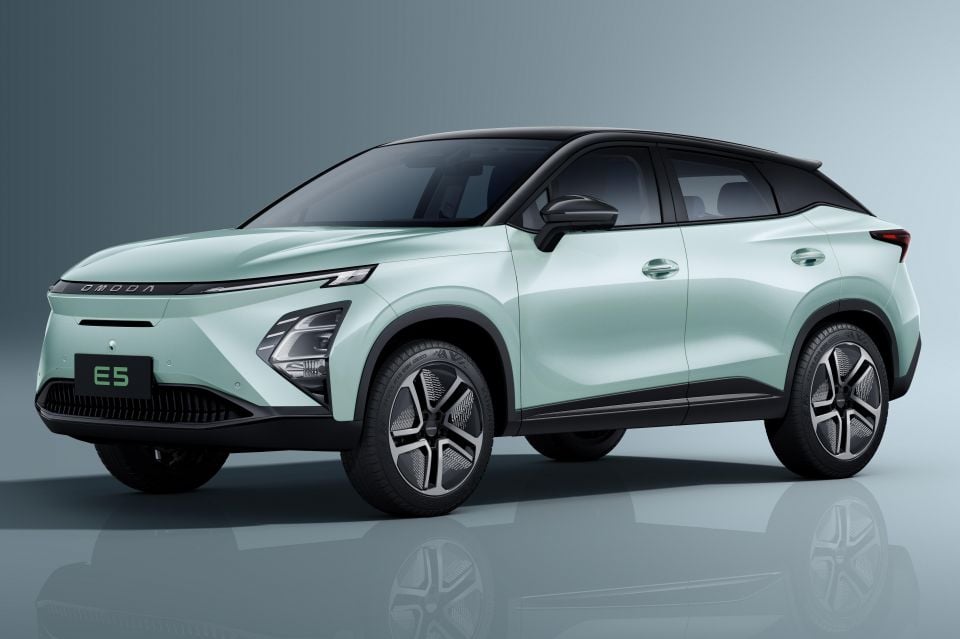
Before Chery starts its plug-in hybrid journey, however, it’ll launch the all-electric Omoda E5.
Effectively a battery-electric version of the existing Omoda 5, the Omoda E5 features a 150kW/340Nm front-mounted electric motor – making it the most powerful version of Chery’s small SUV to be offered in Australia.
Chery says it offers 430km of range on the stricter WLTP cycle, and supports charging at up to 9.9kW on AC power and 80kW using DC power.
In China, the Omoda E5 will use a 61kWh lithium iron phosphate (LFP) battery. Chery says it’s also working to finalise vehicle-to-load capability for Australian-delivered Omoda E5 models.
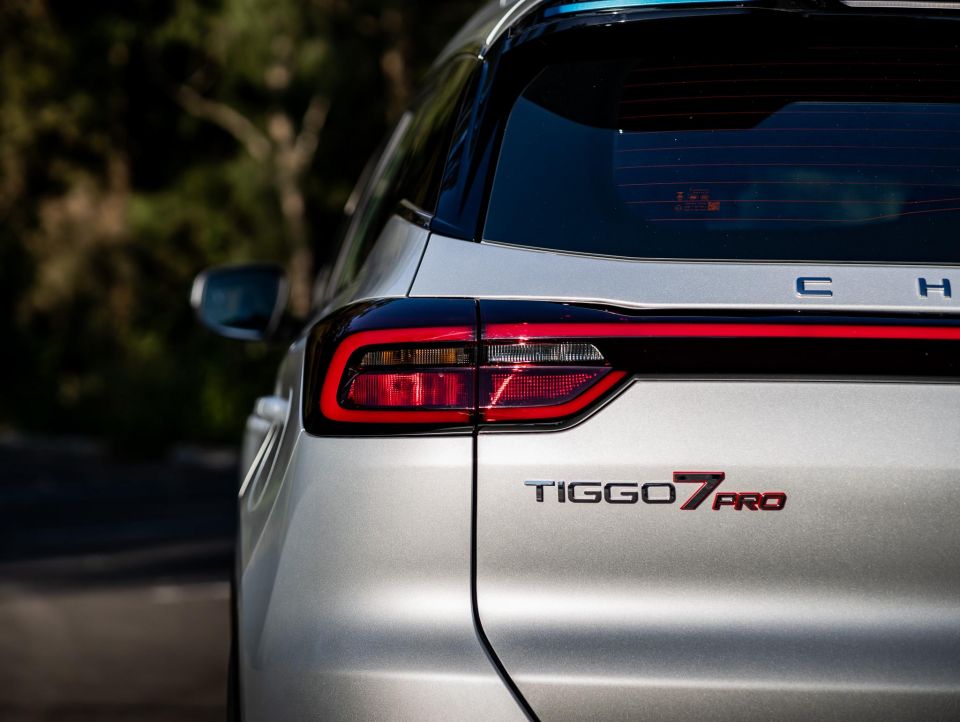
Stay tuned to CarExpert for all the latest
Where expert car reviews meet expert car buying – CarExpert gives you trusted advice, personalised service and real savings on your next new car.
James Wong is an automotive journalist and former PR consultant, recognised among Australia’s most prolific motoring writers.


Max Davies
1 Month Ago


Andrew Maclean
21 Days Ago


James Wong
18 Days Ago


Max Davies
16 Days Ago


Paul Maric
14 Days Ago


James Wong
11 Days Ago